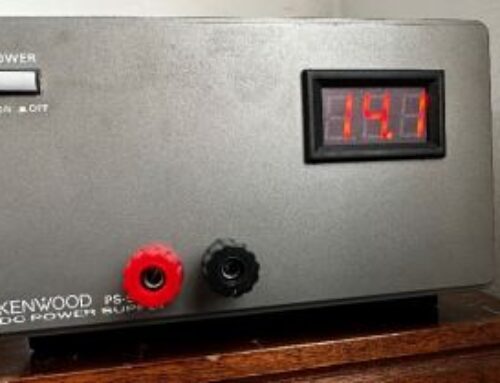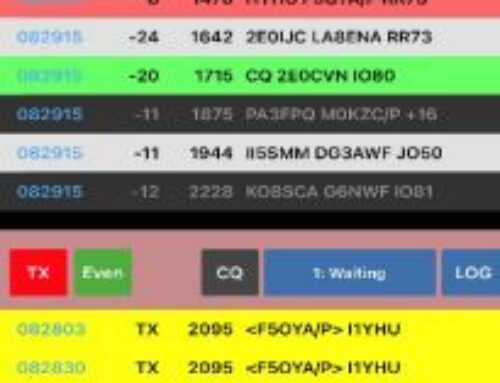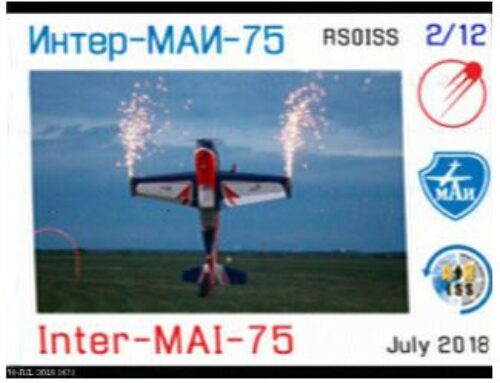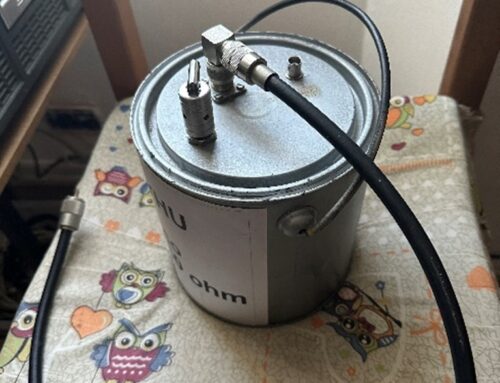We possess only what we really understand
The rotary dipole
This antenna is derived from an idea of Bud W3FF  . Built by me, tested and adapted with the available materials, to our needs of easy repeated assemble and disassemble, low weight for portable operations, and last but not least, the cost.
. Built by me, tested and adapted with the available materials, to our needs of easy repeated assemble and disassemble, low weight for portable operations, and last but not least, the cost.
As you can see from the drawing, it’s small, strong and robust, easy to assemble and to use; once the positions of resonance on the various bands are found, repeatability is like a game.
To build it, you will need a lathe, or find a friend with one, an do a little screwcut. You will also have to look around to find a surplus whip of given dimensions. The remainings are common materials. It will not require too much time, but do not underestimate the job.
In order to find the resonant positions in the various bands, proceed as follows: in the field, far from obstacles with an RTX and ROS meter install the antenna not ess than 2 ½ mt high. Climb on a stair and start with the 40 mt band. With all the coil in, move the tips of the whips and find the maximum watt reading (not the SWR). Always stay far from the antenna when you measure.
Once found max output lightly mark the “hot” side, then slightly adjust the opposite leg to find the lowest swr value (always keep away from antenna when you measure); mark this position.
For 14/21 MHz bands you will need to find the short circuit position on the coils. They are indicated, but it will be necessary to verify them due to the many factors that influence the performance.
Open fully the whips less two cm. and begin to equally short-circuit turns on the coils from outside to inside. Once resonance is found fine adjust the whips for best SWR.
On 28 MHz, if your whips are the same as mine, take away the coils and fixed parts and set whips as per formula: length in mt = 142.500 : f (KHz) / 2
Example: if we need 28060 KHz, then 142500:28060 /2 = 2.53 mt each leg.
This is an indication, now work it out yourself for your pleasure.
This antenna works well, I tested it on the Ligurian Alps working SOTA and making an incredible quantity of DX ing with 1 watt!
If you want, on your car with a small d.c. antenna rotor and internal control box, it will turn in 40 seconds. It’s useful only in contest or in the cold season; otherwise you can turn it with your hands…
Please find here below the drawing: The rotary dipole 
Attilio, I1BAY




